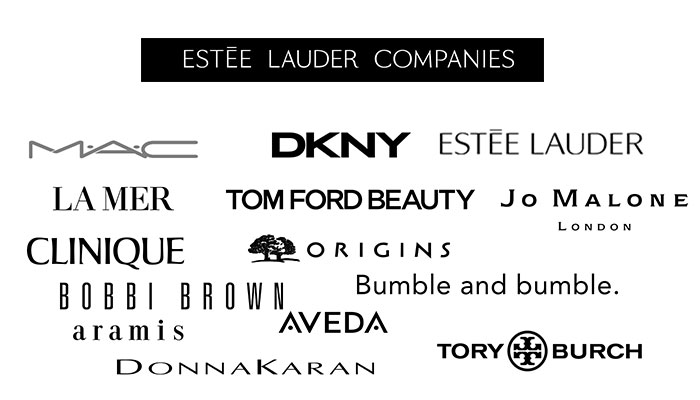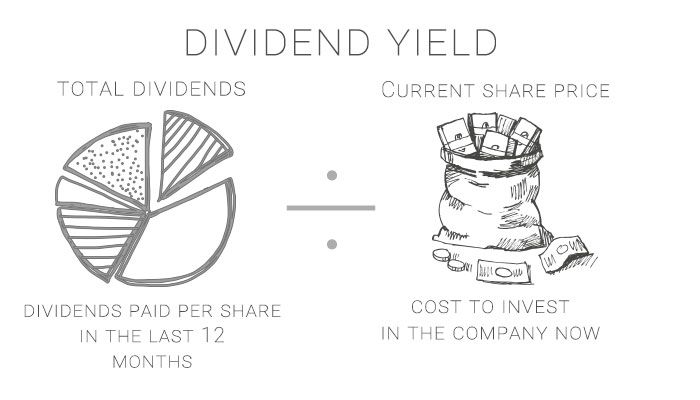4 Tips to Investing Smartly
SHARE THIS GUIDE
If you aren’t able to invest in a number of companies stop reading this article now (er, maybe after the next line). Investing in only one is tempting fate – it could fail, close or go bankrupt to name a few daunting scenarios. If you don’t have time to select a number of companies then invest in a fund. We have a guide for that. If you do, well, here are our top tips for choosing wisely where you put your money.
#1 Know what you pay for
Start with an industry or company that’s familiar to you. You’re an expert on why you buy your favourite brands or how busy the shops or restaurant chains you spend the most time in are. You’ll also have a better idea of how these companies make their money. So if you keep Bobbi Brown in business with your foundation and lipstick habit and you regularly note the till queues are long, check out the company’s recent financial performance (more on that below).
Before you dive in, it’s worth noting: Some well-known brands are part of a bigger group. For example, say you want to buy shares in Innocent Smoothies, well, they’re owned by the Coca-Cola Company (also the company behind Sprite, Fanta, Powerade, and Vitamin Water). As is Bobbi Brown – they’re part of The Estée Lauder Companies which owns Estée Lauder, Tom Ford, Clinique, and the list goes on… So now you have to decide if you want to invest in the whole group!

#2 Read the reports
All public companies have to produce a financial report each year as well as quarterly reports. These share information on how the company is doing. You want to see a strong history of profit and signs of success in the future. If reading a financial report sounds as dry as your favourite Nairn’s oatcake (organic, natch), here are the key points to look for:
Revenue… as in all the money made from sales. If the company increases sales year after year the share price is more likely to go up!
Profit… as in all the money made from sales minus all the expenses. Sales may be bringing money in but if the product costs more to produce and deliver than the sale, it’s not good. You want to see a company with revenue growth and a grip on their expenses.
Debt… as in how much money the company owes. If it has a lot of debt the share price of the company is more likely to move up or down (this is called being volatile) because a lot of the company’s income has to go towards paying off that debt and its interest.
#3 Swot up on dividends
Dividends? We got you. These are the profits paid out to shareholders. You’ll want to check how much in dividends the company has paid out to shareholders over the last few years and if they’re increasing. In fact, one investment strategy is to only buy shares in companies that pay decent dividends. For example, TalkTalk has paid 15.87p for each share in the last 12 months. If you held a thousand shares you would have been paid £158.7 in dividends.
How do I know if one company’s dividends are better than another’s?
Look at the Dividend Yield in the financial report, which gives an indication of your investment return (from dividends) if you buy shares today. The sum is simply the total dividends paid in the last year divided by the current share price.

In TalkTalk’s case 15.87p was paid out for each share and the current share price is 168.7p, so the dividend yield is 9.41% (15.87 ÷ 168.7). So if you buy shares today and dividends continue being paid at the same rate you will make 9.41% a year on your investment. This is a high amount compared to other UK public companies BUT don’t forget your overall return also depends on any change in share price. You may make 9% a year in dividends but if the share price rises you will make more and if it falls you will make less (depending on when you sell your shares).
To find out which UK companies have paid-out the highest dividends go to dividenddata.co.uk and look at the 'Div Impact' (aka Dividend Yeild).
#4 Shop the sales
Would you prefer to buy a new iPad now or in the January sale? It’s the same when buying shares. Ideally you want to shell out the pounds when they’re cheaper. In fact, some investors only look to buy under-valued shares and wait for the price to rise. This is called value investing.
How do I know what share price is good value?
There are stats to help you figure it out. But don’t panic, there’s no need to locate your school calculator (last seen in 1999) because public company data - like EPS and p/e ratios, the two stats below - are freely available from places like Yahoo Finance, London Stock Exchange or from your stock broker, and they’re not as complicated as they seem either.
Earnings per Share (EPS)… this is how much the company has earned in the last 12 months for each share. The higher the number, the better.
Price-to-earnings ratio (P/E ratio) … this is how the share price compares to the amount earned from each share. You could look at this value as the number of years a company needs to make enough revenue in order to cover the cost of their shares. A lower number suggests the company’s share price is better value.
Comparing Apple with Microsoft (this is serious stuff people! They’re two of the most valuable companies in the world) suggests that Apple’s shares are better value for money:
| Apple | Microsoft | |
| Share price | 153.70 | 70.10 |
| Earnings per Share (EPS) | 8.52 | 2.27 |
| Price-to-Earnings (P/E) Ratio | 18.03 | 30.94 |
Data from Yahoo Finance June 2017
Want to read more? Get a FREE guide on how to select shares.
Category
Tags
Dividend Investing, Investments, P/e Ratio, Price-to-earnings, Shares, Stocks & Shares Isa, Value Investing ,
